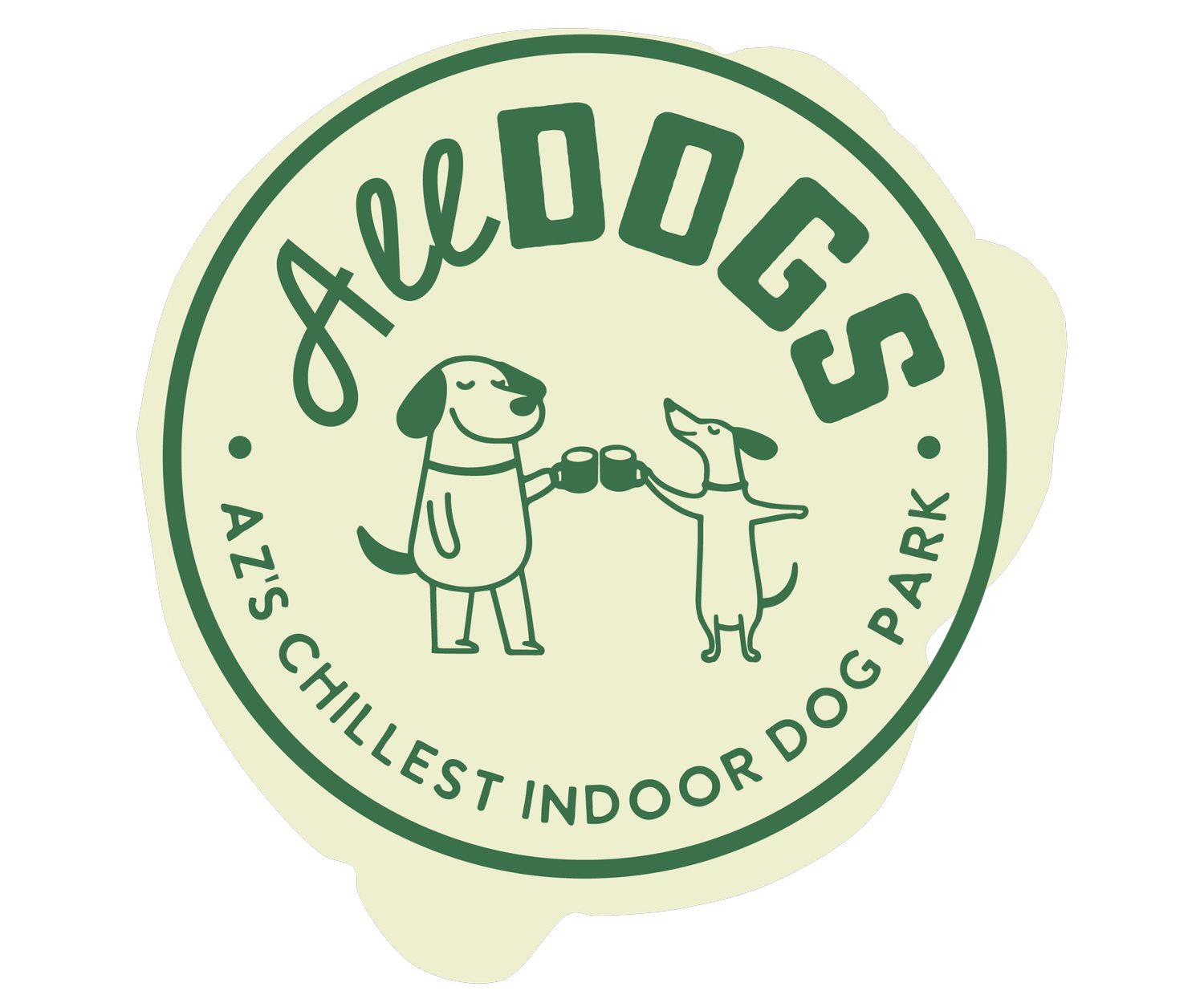Third Spaces: Why They Matter and Why They're Missing in Phoenix
In 1989, sociologist Ray Oldenburg coined the term "third place" in his influential book The Great Good Place. He defined it as a social environment separate from home (the "first place") and work (the "second place") where people can gather informally, build relationships, and participate in community life. Think coffee shops, public parks, barber shops, libraries, and plazas. These are places where you don’t need a membership, appointment, or a reason to be there. You just *go*. And while you’re there, community happens.
According to Oldenburg, third places are "the heart of a community's social vitality" and are essential for fostering a sense of belonging and civic engagement. They are spontaneous, accessible, and egalitarian by design.
Best Third Spaces Around the World
- Piazza del Campo, Siena, Italy – a historic square where people gather casually day and night
- Parisian cafés, France – long visits with no pressure to leave, ideal for reading, conversation, and people-watching
- Japanese sentos (public baths) – community-centered spaces for relaxation and connection
- New York Public Library’s Rose Reading Room – an open, inspiring space for quiet public use
- Grand Central Terminal, NYC – more than a station, it’s a meeting place full of shared energy
These places work because they’re not transactional. They’re designed for lingering, observing, and engaging—all traits that define a successful third space.
The Decline of Third Spaces in the U.S.
In the United States, third spaces are becoming increasingly rare. While brands like Starbucks attempted to manufacture a “third place” ethos, most American gathering spaces are commercialized. If you're not buying something, you don’t feel welcome.
Key challenges to third space development in the U.S. include:
- Car-dependent infrastructure – people drive from point A to point B with few walkable in-between moments
- Zoning laws – strict separation between residential and commercial zones blocks organic interaction
- Privatization of space – malls and cafes are not truly public, and loitering is often discouraged
- Liability and legal concerns – fears over risk reduce support for informal public spaces
- Social fragmentation – cultural polarization makes truly open spaces harder to sustain
Why Metro Phoenix Lacks Third Spaces
The Phoenix metro area magnifies these national challenges. Its growth exploded after World War II—right when car culture and air conditioning reshaped American life. Rather than walkable downtowns, Phoenix developed as a city of subdivisions, strip malls, and roads.
Combine that with:
- Extreme heat that discourages outdoor lingering for half the year
- Wide roads and low density that separate people by design
- Privatized recreation that pushes activity into restaurants, gyms and coffee shops
All of this creates a city where it’s hard to casually bump into your neighbors—let alone build sustained community around shared space.
Local Glimmers of Hope
Still, Phoenix shows signs of life. Examples of emerging or revived third places include:
- The Yard in Central Phoenix – food, drinks, and shared patios
- Downtown Tempe Market – a recurring outdoor event that draws locals
- Roosevelt Row First Fridays – an art walk that’s as much about conversation as it is about gallery shows
- Dog-friendly patios and parks – informal spaces where social interaction is the norm
These spaces thrive not because they’re elaborate—but because they give people permission to exist together, casually, without needing to buy anything or reserve a time slot.
All Dogs: Building a Third Space in Tempe
At All Dogs, we believe dog parks can be more than fenced-in fields. We’re creating an indoor dog park in Tempe designed as a true third space:
- A place where you want to go
- Where dogs make the introductions, and humans keep showing up for the community
- Where it’s cool in the summer, comfortable in the winter, and welcoming every day of the year
We’re also hosting indoor dog pop-ups across the Phoenix metro area this summer—socials, dog yoga, enrichment sessions—so dogs stay active and dog owners stay connected, even when it’s 110°F outside.
Final Thought: Designing for Belonging
Third spaces aren’t about architecture or branding. They’re about what happens when people feel welcome without needing a reason. In a metro like Phoenix—where isolation is built into the layout—we’re trying to offer one place where that welcome is real.


